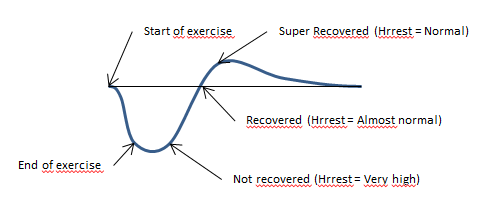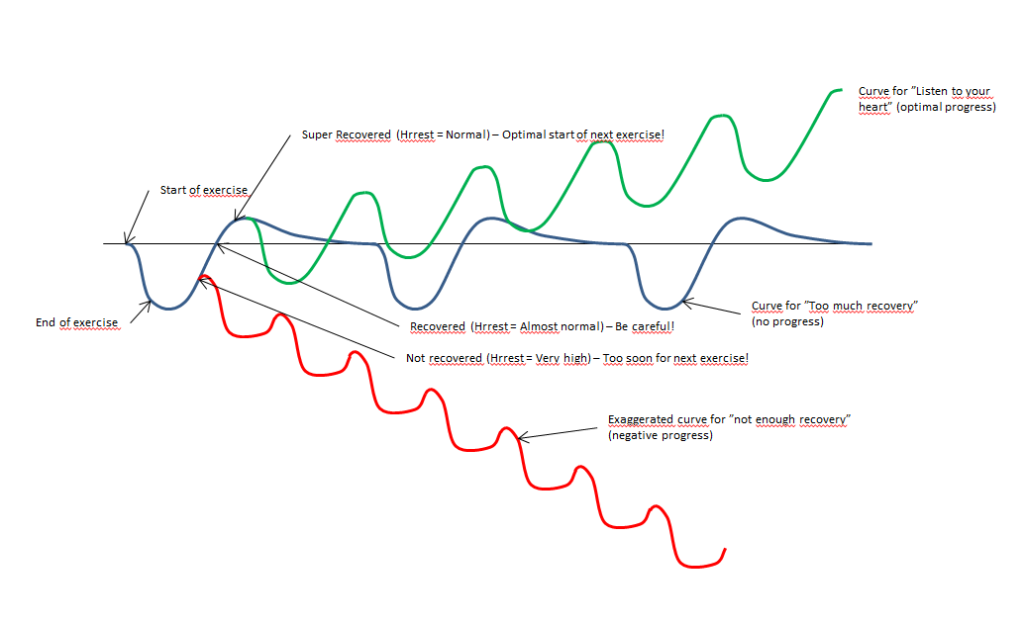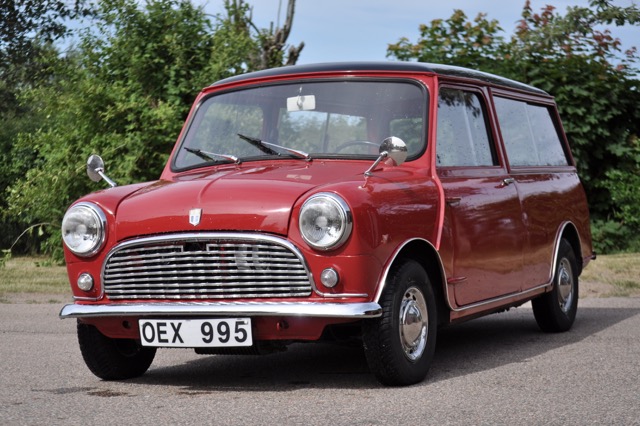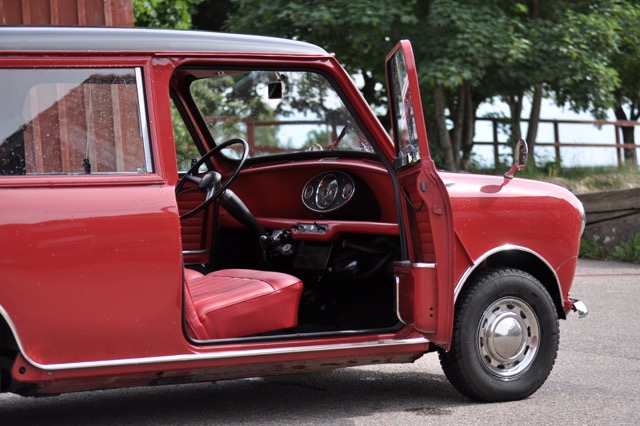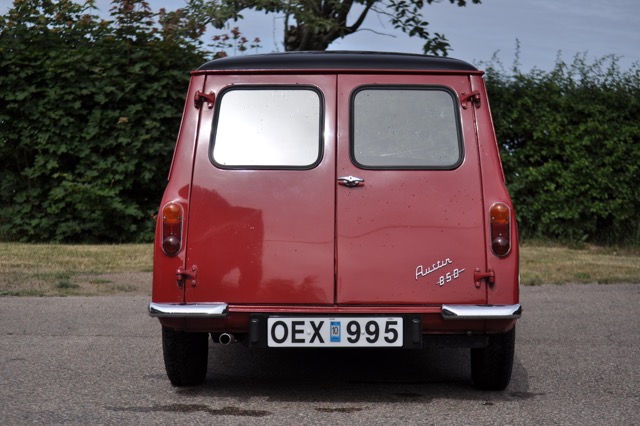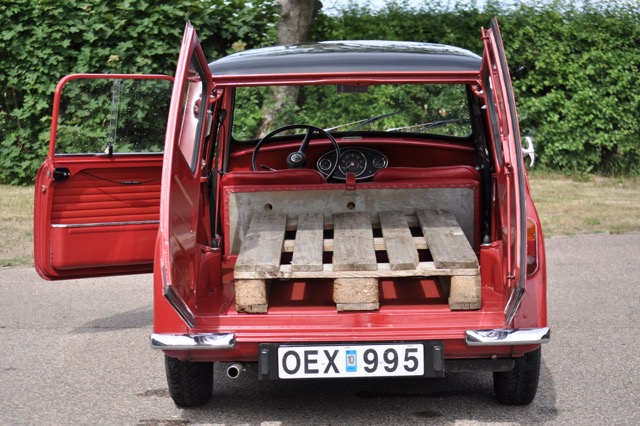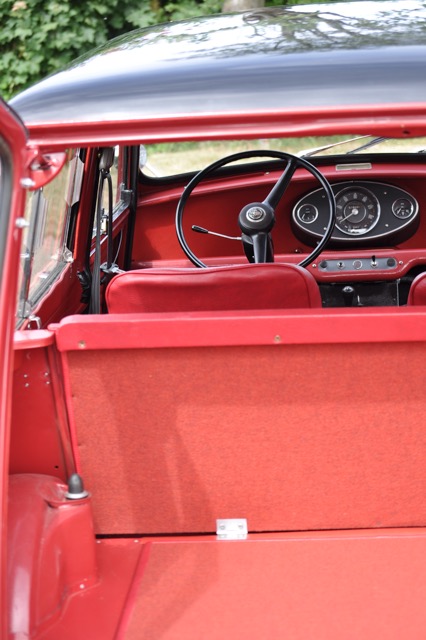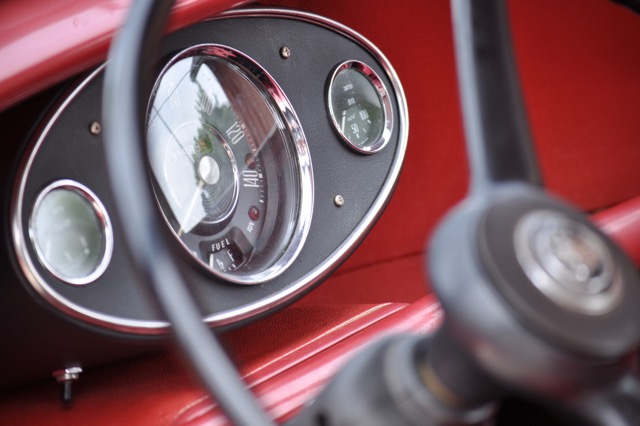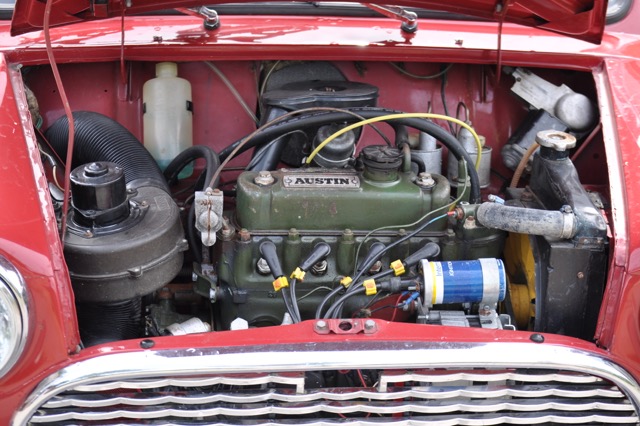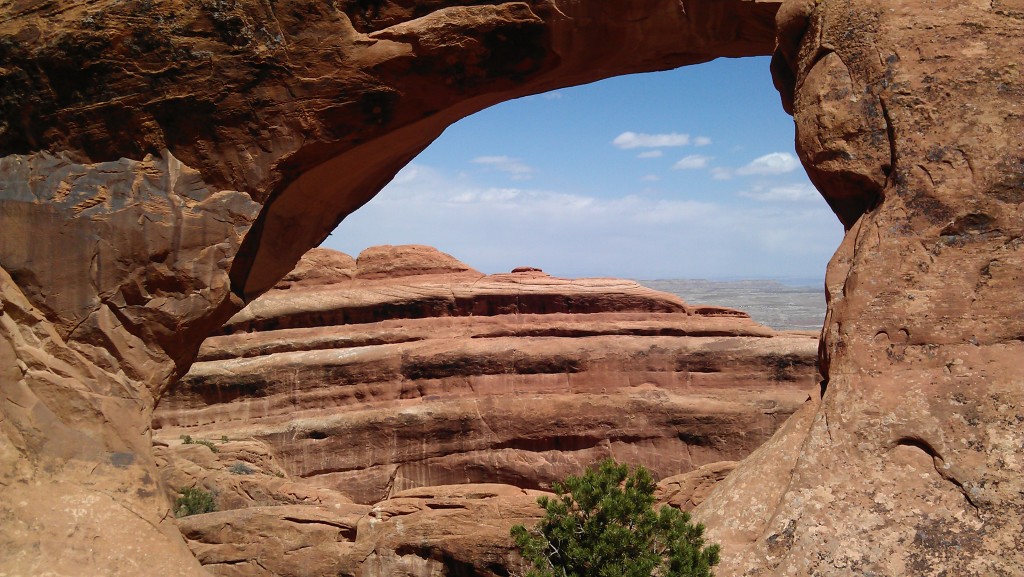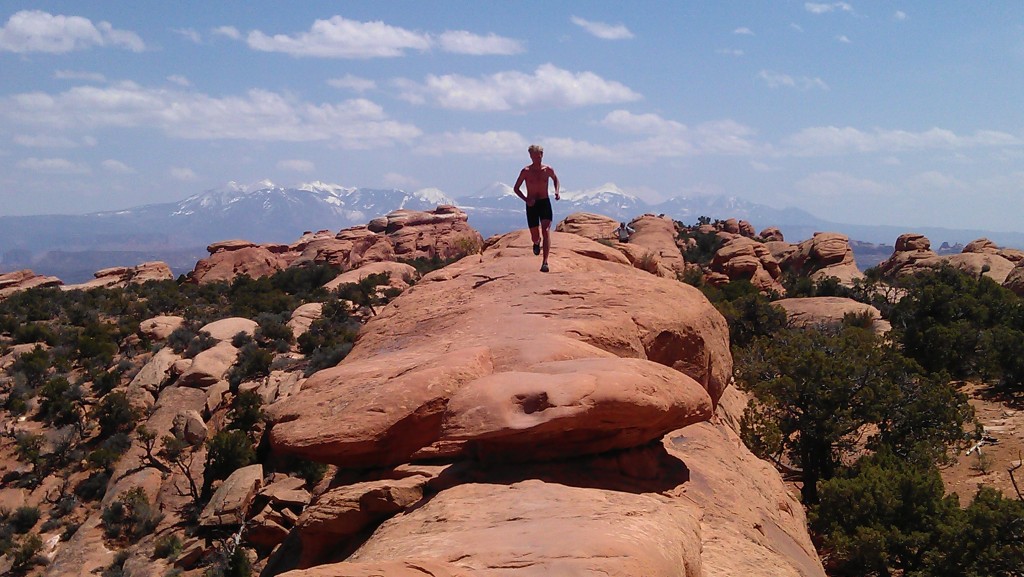Under de senaste åren har jag utvecklat min egen tränings-, prestations- och livsfilosofi som jag kallar Slow Enough To Win. 2018 började jag arbeta med att försöka förmedla den till andra och samtidigt förpacka den i en säljbar tjänst. 2019 kommer jag att prova den lite mer skarpt så hör gärna av Er om nedanstående koncept kan vara något för dig, din personal, dina kollegor eller vänner.
Vill du bli Slow Enough To Win? Grundpaketet – Praktik&Teori cirka 2 timmar
Genom projektet Slow Enough To Win 2018 landade jag i ett standardupplägg som jag tycker ger mest valuta för pengarna. Vi börjar med ett kortare teknikinriktat träningspass (för närvarande kan jag erbjuda rullskidor, längdskidor, löpning och skidalpinism) på 45-75 minuter, och fortsätter sedan med ett ungefär lika långt träningssamtal där vi går igenom nuläget och den närmsta framtiden. Hittills har jag bara provat detta i individuell form, men det ska även gå att genomföra i mindre grupper. Vill du/ni bara ha teknikträning (individuellt eller i grupp) så går det förstås bra det också.
Grundpris 1200 kronor (Individuellt, 2 timmar, Falkenberg). Önskar du något som avviker från standardupplägget – maila gärna för offert. Eller boka direkt via denna länk.
Vad innebär Slow Enough To Win?
Slow Enough To Win är ett förhållningssätt som genomsyrar det mesta jag gör, och som går att applicera på en mängd olika aspekter av framförallt träning och tävling. Men även i övriga livet. För mig yttrar det sig bland annat i det faktum att jag väldigt sällan pressar mig själv eller tar i, men ändå lyckas vinna lopp med ojämna mellanrum. Att starta ett lopp eller en intervall i perfekt fart/intensitet och lyckas hålla den hela vägen till mål. Att vara lyhörd inför kroppens signaler och i många fall hellre ta en extra vilodag än ett extra träningspass. Kort och gott – att inte stressa.
Slow Enough To Win – på träning (Trailrunning Sweden 2 november 2018)
Slow Enough To Win – på tävling (Trailrunning Sweden 9 november 2018)
Helhetsgrepp hellre än detaljplanering
De flesta av mina konkurrenter jobbar med detaljerade individuella träningsplaner. Och där började jag också. Men jag ska vara ärlig. Jag tror inte på det. Åtminstone inte tillräckligt för att motivera mig till att gå vidare med det som del i ett standardutbud. Självklart kommer kontakten med adepterna till slut landa i en lite mer genomtänkt och planerad träning. Och i vissa fall kommer vi tillsammans att skriva ett detaljerat träningsprogram. Men i grunden kommer mitt fokus ligga på att guida Er till en djupare förståelse för träningen och ge Er verktyg till att själva ta kontroll över utvecklingen.
Slow enough to (win)
Låt inte det sista ordet lura dig, även du som aldrig vunnit eller ens vill vinna en tävling är välkommen att ta del av mina erfarenheter och tjänster. Orden Slow Enough To Win kommer från mina egna tankar under de lopp jag vunnit genom åren. Men det handlar mer om en livsstil och ett genomförande än att faktiskt vinna.
Geografiskt (åtminstone nästan) obundet
Inför vintern 2018/2019 har jag och Elin investerat i en ny äventyrsbil. Därför kommer jag att kunna erbjuda tjänsterna i stort sett var som helst i Sverige (världen?). Vi träffas på en bra plats och kör de praktiska delarna utomhus för att sedan sätta oss vid bordet i äventyrsbilen och gå igenom eventuellt videoanalys samt det teoretiska. Under vintern kommer äventyrsbilen att befinna sig i Sydeuropa, men från och med april/maj räknar vi med att utgångspunkten är tillbaka i Falkenberg. Vi själva reser hem till Sverige med ojämna mellanrum även under vintern, så tjänsterna finns förstås tillgängliga även där. Dock inte lika geografiskt flexibelt.
Vetenskap och erfarenhet
Den kunskap jag förmedlar har samlats in under drygt 20 år från massor av källor utöver min egen erfarenhet och de tränarutbildningar jag gått (bland annat Svenska Skidförbundet Längdskidtränare steg 1 – 3). Även om det allra mesta jag förmedlar grundar sig i forskning kommer jag sällan att kunna ange några källor eller bevis för mina idéer, men ibland kommer jag att berätta anekdoter eller leverera citat med härmad Österrikisk brytning.


